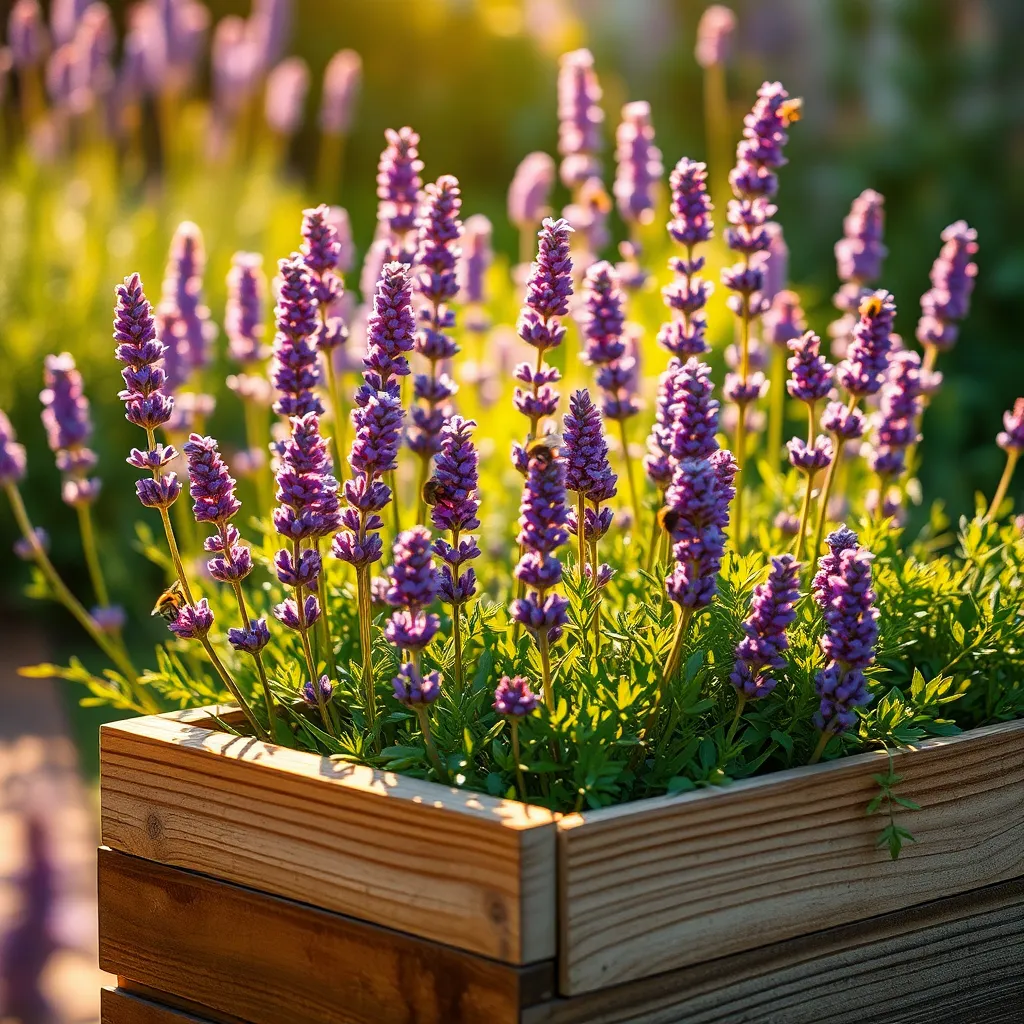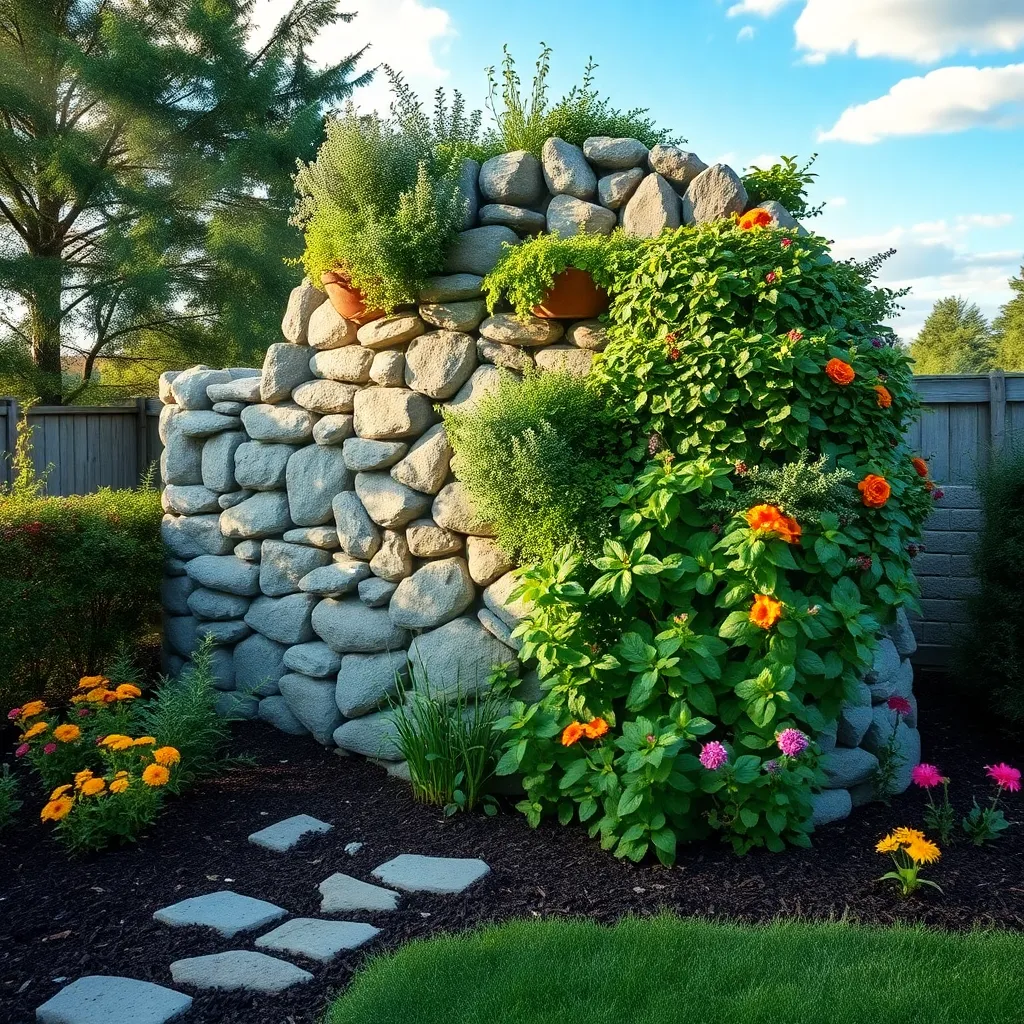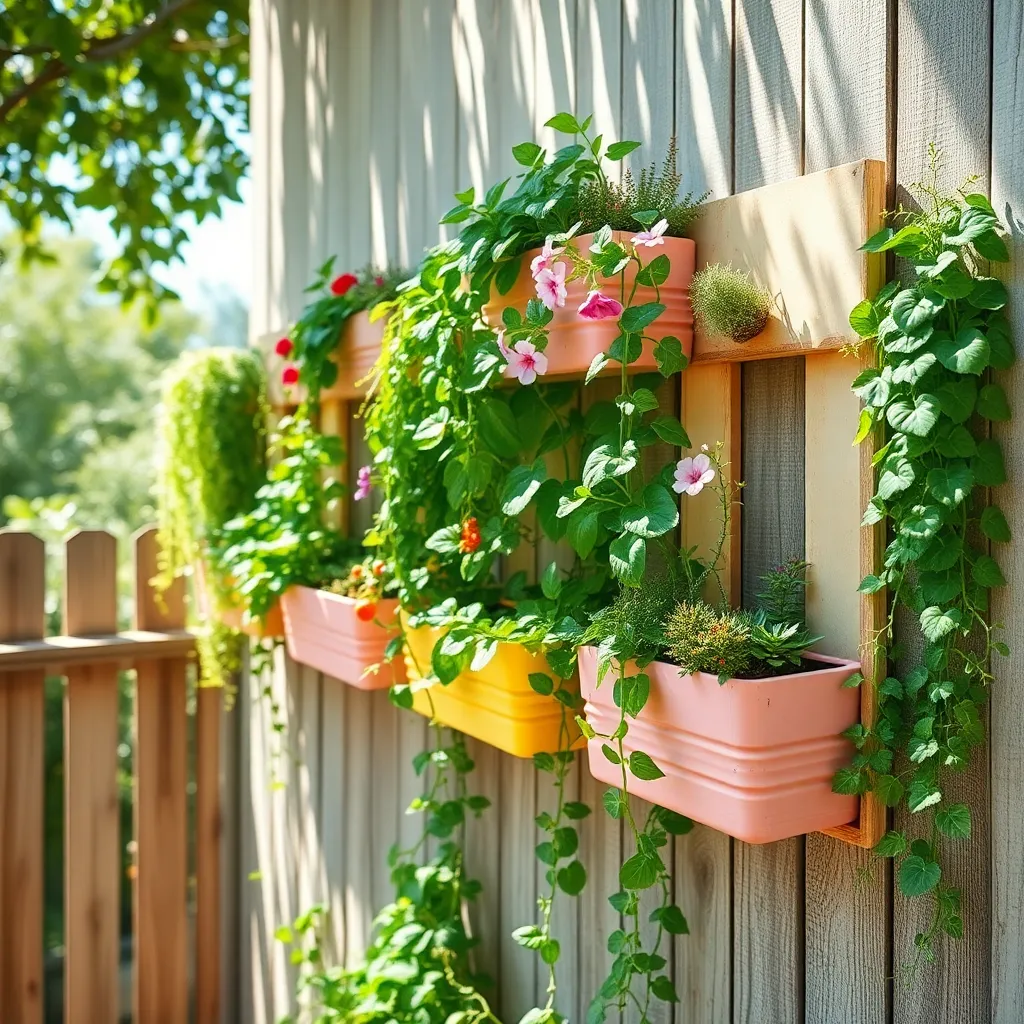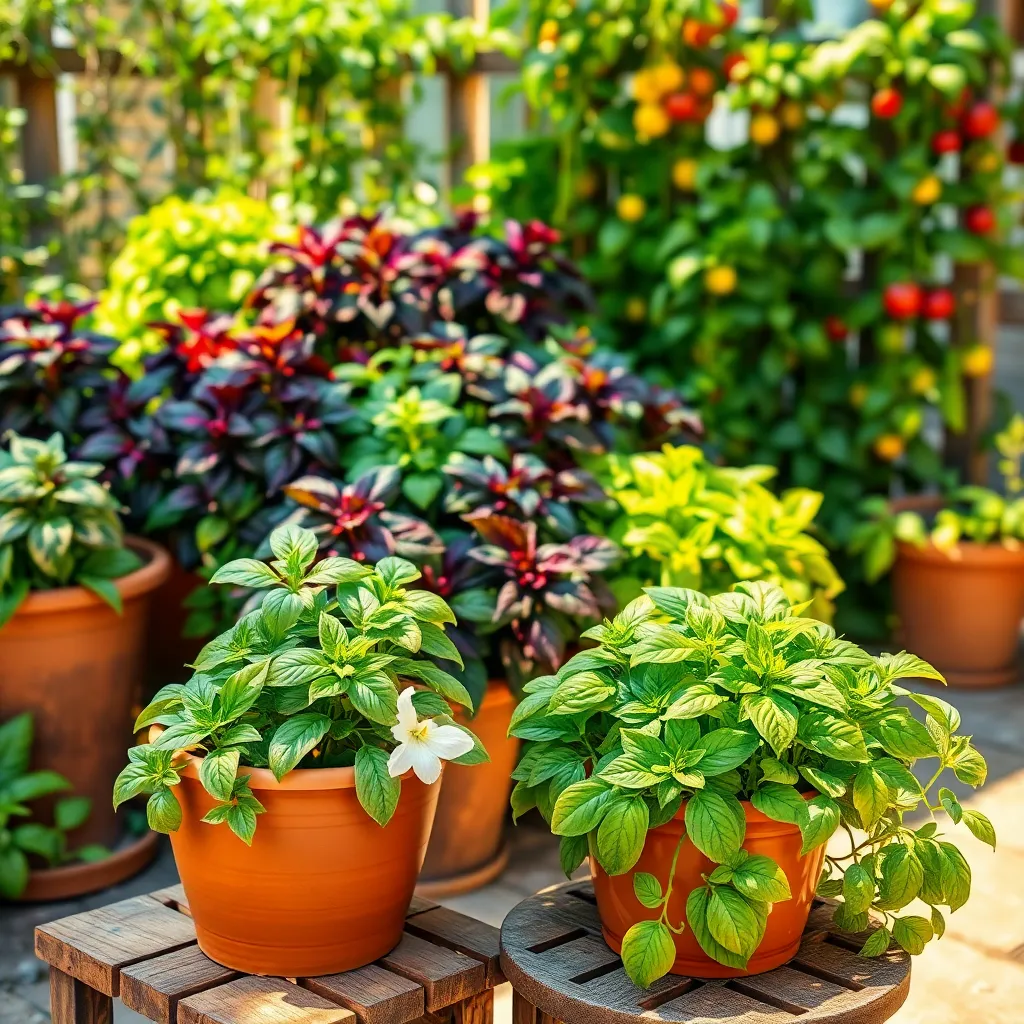Welcome to the vibrant world of small space gardening, where even the tiniest plot can become a lush oasis of greenery and delight! Whether you’re planting your very first seed or refining your horticultural prowess, “7 Quick Best Plants For Small Gardens” is your passport to transforming limited spaces into thriving, beautiful retreats. For both novice and seasoned gardeners, this carefully curated list of indoor plants offers a treasure trove of possibilities. You’ll discover plants that not only fit perfectly into compact areas but also bring life, color, and joy to your home with minimal effort.
In this guide, you’ll find practical advice and insights to nurture your green thumb, no matter your level of expertise. Each plant has been selected for its ease of care and ability to flourish in small environments, ensuring that you can enjoy the rewards of gardening without overwhelming demands. Get ready to experience the satisfaction of watching your greenery flourish, boosting your confidence with every new leaf and bloom. So let’s dig in and plant the seeds of your small garden success together!
Dwarf Boxwood (Compact Evergreen Shrub)

The Dwarf Boxwood is an excellent choice for small gardens due to its compact size and evergreen foliage. This versatile shrub is perfect for creating low hedges or adding structure to garden beds.
To thrive, Dwarf Boxwoods prefer well-drained soil with a slightly acidic to neutral pH level. Ensure the planting site receives at least partial sunlight, though they can tolerate full sun in cooler climates.
Watering is crucial, especially during the first two years while the plant establishes its roots. Aim to water deeply once a week, allowing the soil to dry slightly between waterings to prevent root rot.
Pruning is minimal but can enhance the plant’s shape and promote denser growth. Trim your Dwarf Boxwood in late spring after new growth has appeared, using sharp shears for clean cuts.
Cherry Tomatoes (High Yield in Tight Spaces)

Cherry tomatoes are an excellent choice for small gardens, providing a bountiful harvest in limited space. With their compact growth habit, these tomatoes can thrive in containers or small raised beds, making them perfect for patios or balconies.
To ensure a high yield, select a sunny spot as cherry tomatoes require at least 6-8 hours of sunlight daily. Plant them in well-draining soil enriched with organic matter, such as compost, to support vigorous growth.
Watering is crucial, so aim to keep the soil consistently moist but not waterlogged. A good rule of thumb is to water deeply once or twice a week, depending on weather conditions, allowing the top inch of soil to dry out between waterings.
For an extra boost, provide a balanced fertilizer every 4-6 weeks to promote fruiting. Additionally, support your plants with cages or stakes to keep the vines upright and prevent the fruit from touching the ground, which helps to reduce the risk of rot.
Lavender (Fragrant and Pollinator-Friendly)

Lavender is a delightful addition to small gardens due to its fragrant blooms and attraction to pollinators. This hardy plant thrives in sunny locations, making it ideal for spaces with plenty of direct sunlight.
For optimal growth, lavender prefers well-drained soil and benefits greatly from being planted in raised beds or containers. Ensure the soil is slightly alkaline by adding a bit of lime if necessary, as this will help the plant thrive.
Watering lavender requires a delicate balance, as it prefers to stay on the drier side. Water deeply but infrequently, allowing the soil to dry out between waterings to prevent root rot.
Pruning lavender regularly encourages bushier growth and helps maintain its shape. Trim the plant back in early spring, cutting just above a pair of leaves to promote new stems and prevent woody growth.
Herb Spiral (Vertical Space Utilization)

Maximizing small garden spaces can be effortlessly achieved with an herb spiral, a creative vertical gardening method that optimizes space. This design allows you to grow several types of herbs in a small footprint, using the principle of vertical space utilization.
To construct an herb spiral, start by arranging bricks, stones, or any sturdy material into a spiral structure, approximately three feet in diameter and two feet high. Fill the structure with a mix of good-quality garden soil and compost, creating an environment that supports a wide range of herbs.
Planting is strategic: place water-loving herbs like mint or parsley at the base, where moisture collects. Drought-tolerant varieties such as rosemary and thyme thrive at the top, benefiting from excellent drainage and full sun exposure.
Regular maintenance involves checking soil moisture and ensuring each herb receives the proper amount of water according to its needs. For example, water the base more frequently while allowing the upper levels to dry out between waterings.
Succulent Collection (Low-Maintenance Beauties)

Succulents are perfect for those looking to add a touch of greenery without much fuss. These low-maintenance beauties thrive in small gardens and require minimal care, making them ideal for busy gardeners.
A key to success with succulents is ensuring they have the right soil. Use a well-draining cactus mix or create your own by combining equal parts potting soil, sand, and perlite to prevent root rot.
Water succulents sparingly, allowing the soil to dry completely between waterings. During the growing season, typically spring and summer, a light watering once every two weeks is often sufficient.
For beginners, start with hardy varieties like jade plants, echeverias, or haworthias, which are known for their resilience. Experienced gardeners might enjoy experimenting with more exotic species, such as lithops, also known as living stones, that offer a unique aesthetic.
Ensure your succulents receive plenty of sunlight, ideally about six hours a day. If you’re growing them indoors, place them near a south-facing window to maximize their light exposure.
Vertical Wall Planters (Maximize Vertical Space)

Vertical wall planters are an excellent way to utilize unused vertical space, especially in small gardens. They allow you to grow a variety of plants without taking up valuable ground space, making them perfect for urban gardeners or those with limited areas.
To get started, choose lightweight potting soil that retains moisture but drains well, such as a mix containing perlite or vermiculite. It’s crucial to select plants that thrive in your local climate and have similar watering needs, ensuring that your vertical garden flourishes.
Herbs like basil, thyme, and parsley are ideal candidates for vertical wall planters. They require six to eight hours of sunlight daily and moderate watering, making them both practical and useful for home cooking.
For those looking to add color, consider planting ferns, trailing ivy, or flowering annuals like petunias. These plants adapt well to vertical environments and add vibrancy to your garden walls, with ferns thriving in shadier spots.
When watering your vertical planter, it’s best to use a drip irrigation system or water from the top, allowing gravity to distribute moisture evenly. Regularly check for plant health, trimming back overgrown sections to maintain airflow and prevent disease.
Basil Varieties (Versatile Culinary Herbs)

Basil is a versatile culinary herb that thrives in small gardens, making it a perfect choice for gardeners with limited space. This herb comes in various varieties like Genovese, Thai, and Lemon basil, each offering unique flavors to enhance your dishes.
Begin by planting basil in well-draining soil with a pH between 6.0 and 7.5 to ensure vigorous growth. Place your basil in a spot where it can receive at least six to eight hours of sunlight daily, as it thrives in warm, sunny conditions.
Water your basil plants deeply but infrequently, allowing the soil to dry out slightly between waterings. This practice helps prevent root rot and encourages the roots to grow deeper, making the plant more resilient.
For those looking to get the most out of their basil, consider pinching off the flower buds as they appear. This will promote bushier growth and extend the harvesting period by preventing the plant from going to seed too quickly.
Conclusion: Growing Success with These Plants
In exploring the ‘7 Quick Best Plants For Small Gardens,’ we’ve unearthed key concepts that mirror the nurturing essence required in relationships. First, the resilient nature of succulents teaches us the importance of adaptability. Similarly, hydrangeas remind us of the beauty in diversity, while lavender’s calming influence underscores the need for peace and understanding. The vibrant geraniums encourage us to bring color and joy into our interactions, and the sweet scent of jasmine highlights the power of creating an inviting atmosphere. Herbs like basil and mint show us the value of adding freshness and flavor to keep relationships thriving. Lastly, the compact beauty of dwarf trees symbolizes the strength found in small, meaningful gestures.
As a practical next step, consider introducing a plant into your space that embodies a quality you wish to cultivate in your relationship. Let it serve as a living reminder of your commitment to growth and harmony.
Be sure to save this article for future reference, so you can revisit these insights as your relationship blossoms. Remember, just like a well-tended garden, successful relationships require consistent care and attention. By nurturing these qualities, you are well on your way to cultivating a thriving, enduring connection.







